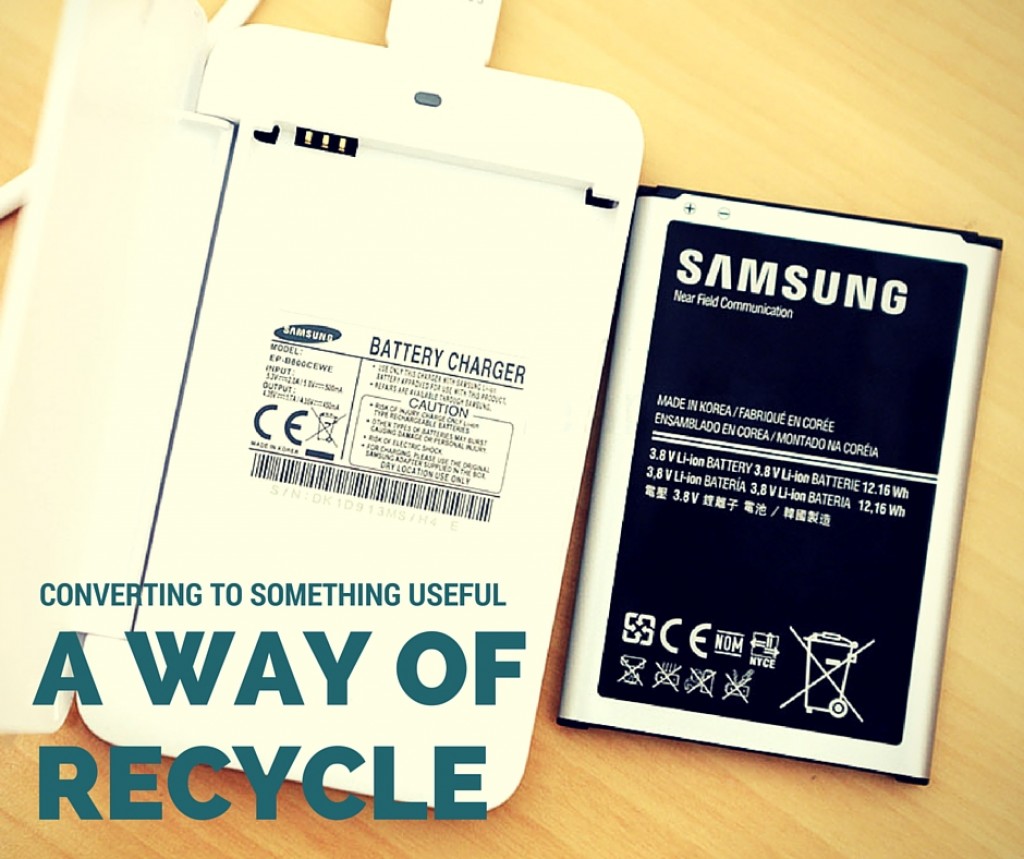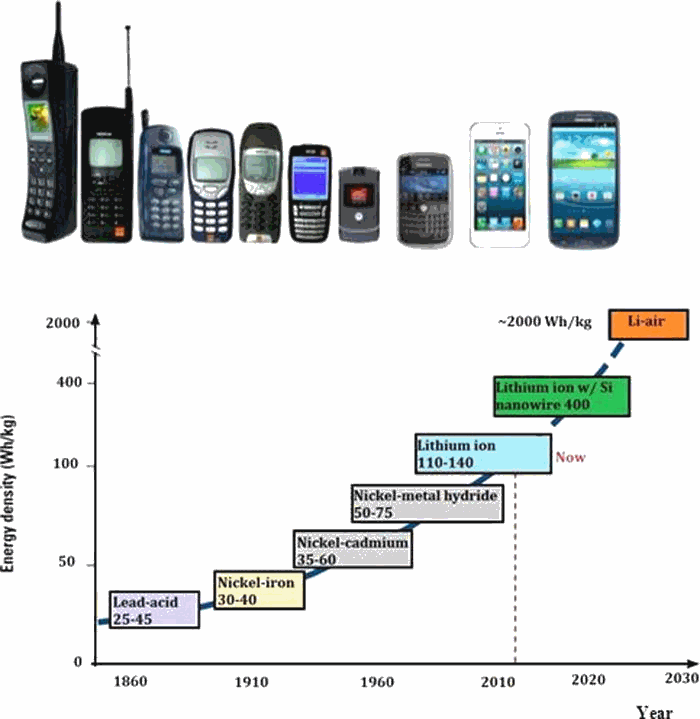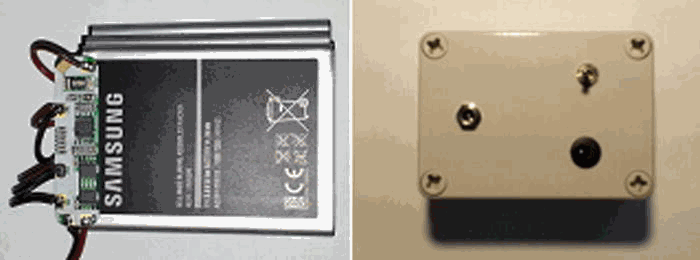RECOMMENDED VIDEOS

Copperhead Custom Gas Well Rejuvenation Pipe Cleaning Televising…
Copperhead Custom Inc

SLC (Sudokwon Landfill Site Management) : Sanitary Landfill…
SUDOKWON Landfill Site Management Corp.

Product Demo Video | Eco Maxx Cabin Air Filter
Pollentec, Inc

Centralised Extraction Systems
Filtermist International Ltd

Exen Environmental - Electrolytic Oxidant Odour Control…
EXEN Enviromental Inc.
Related Stories
First paper straw factory in decades to open as UK bans plastic
Beach plastic audit in the Philippines reveals which businesses are the worst polluters
Made from sewage, these “popsicles” reveal the scale of Taiwan’s water pollution
World’s first mobile recycling plant turns trash into tiles
Air pollution is the leading environmental cause of death worldwide
20 Apr, 2016

Batteries from old smartphones could light up rural areas
Resource Recovery & Environment Management | KOREA, REPUBLIC OF | 20 Apr, 2016
Published by : Eco Media Asia
A new study from Kyung Hee University in Seoul found that most consumers keep a smartphone for about three years before buying a new one, even though the parts of the smartphone, especially the battery, have years of life left in them. In order to keep the electronics out of landfills, the researchers propose that the batteries be reused where electricity is scarce -- in rural communities where kerosene lamps are relied on for lighting.
The recycling project would see the lithium-ion batteries used as the energy storage for solar-powered LED lighting systems. A standard fully-charged phone battery could power a one-watt LED lamp for three hours or a 0.5 watt lamp, bright enough for reading, for six hours. A small solar panel could charge the battery during the day, providing a source of light every night without having to purchase expensive kerosene.

Source : Evolution of mobile phones (top) and evolution of battery technology (bottom) | © Diouf/Kyung Hee University
Lead-acid batteries, found in cars, have been used as energy storage solutions, but their life span is shorter than a lithium-ion battery. If old smartphones could be collected, the batteries would provide a reliable and cheap power source for rural and developing areas.
"Using the battery of mobile phones in small solar home systems becomes obvious in order to make access to electricity easier to those who live without," said Boucar Diouf, a professor at the university and lead researcher on the study.
The researchers built a 12-volt system consisting of three phone batteries, each with a 3100 millliamp-hour capacity. They were connected to a small solar panel and powered a 5-watt LED lamp that could light up an entire room for five hours a day. The whole system was made for only $25 and it's expected to last for three years without any maintenance.

Pack of 3 Galaxy Note 2 batteries with a protection circuit (left) and the made battery 12 V pack (right) with and input for the solar charger, one output, and a switch. © Diouf/Kyung Hee University
The research team is now focused on organizing phone and battery collection programs and setting up e-waste recycling systems to produce the solar lighting kits. They also want to find ways to reduce the costs of the solar power systems even further.
The project will consist of five steps: battery collection, testing and selection, system manufacturing, commercialization, and installation and they hope to hire people in the areas where they will be installing the systems in order to provide needed jobs as well as lighting.

The team is already preparing pilot projects of the solar lighting systems in Senegal and sub-Saharan African countries that will begin within the next year.
Reference Video : The E-Waste Problem in UK
Youtube | The Restart Project
Article by Megan Treacy at treehugger.com
Source : scitation.aip.org
